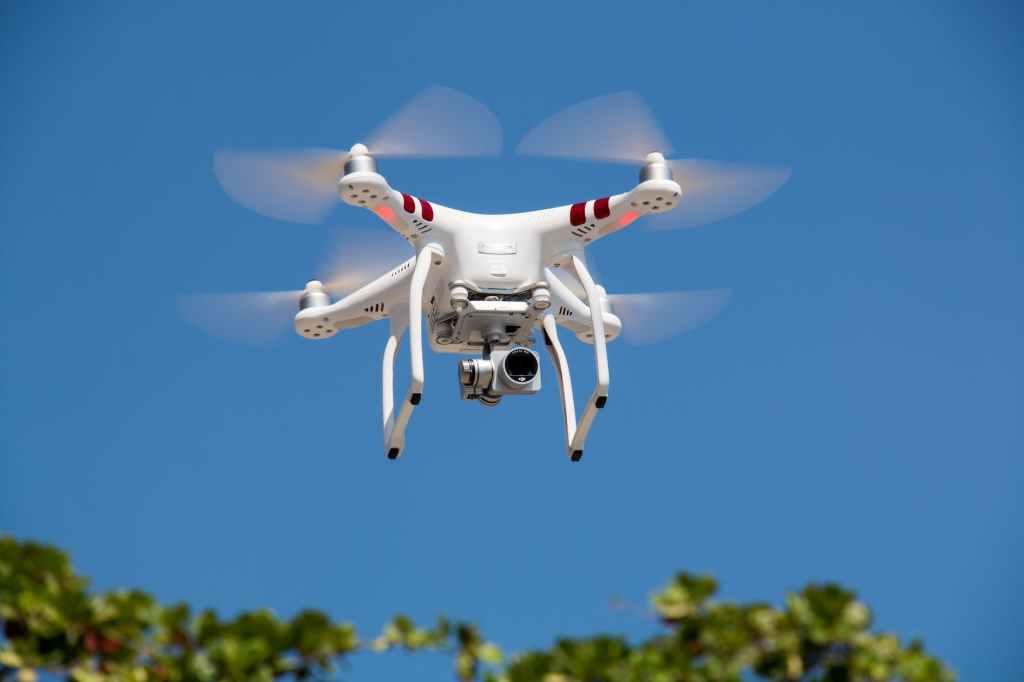Subscribe to get access
Download a PDF of this Safety Talk with a monthly membership

Introduction: Drones, or Unmanned Aerial Vehicles (UAVs), offer valuable benefits in industrial settings by providing access to areas that might be unsafe for human entry. However, their use requires responsible practices to ensure the safety of personnel, equipment, and the surrounding environment. This safety topic explores the safe use of drones, including their applications and crucial safety aspects.
Key Points:
- Applications and Advantages:
- Inaccessible Areas: Drones allow access to hard-to-reach or hazardous areas, improving efficiency in inspections and monitoring.
- Enhanced Surveillance: Utilize drones for aerial surveillance, monitoring large industrial sites, and identifying potential safety hazards.
- Operator Training and Licensing:
- Certification Requirement: In the United States, drone operators must obtain a Remote Pilot Certificate from the Federal Aviation Administration (FAA) to fly drones for commercial purposes.
- Training Programs: Ensure drone operators undergo comprehensive training on both the technical and safety aspects of drone operation.
- Pre-Flight Inspections:
- Checklist Compliance: Establish pre-flight checklists to ensure that drones are in proper working condition before each operation.
- Battery and Signal Strength: Verify battery levels and signal strength to prevent unexpected mid-air failures.
- Maintaining Safe Distances:
- People, Buildings, and Machinery: Strictly adhere to guidelines for flying drones safely away from people, buildings, and machinery.
- Establish No-Fly Zones: Identify and respect no-fly zones, ensuring drones are kept away from restricted or sensitive areas.
- Emergency Procedures:
- Loss of Signal or Control: Develop procedures for handling situations where signal loss or control issues may arise.
- Emergency Landing Protocols: Establish protocols for emergency landings to minimize potential risks.
- Weather Conditions:
- Wind and Precipitation: Avoid flying drones in adverse weather conditions such as high winds, rain, or storms.
- Temperature Considerations: Be mindful of temperature limitations to prevent potential damage to drone components.
- Equipment Maintenance:
- Regular Checks: Conduct routine maintenance checks on drones to identify and address any issues promptly.
- Software Updates: Keep drone software up-to-date to ensure the latest safety features are in place.
- Privacy Considerations:
- Respecting Privacy: Follow privacy laws and guidelines when flying drones near residential areas or private properties.
- Informing Stakeholders: Communicate drone operations to relevant stakeholders to address any privacy concerns.
- Record Keeping:
- Flight Logs: Maintain comprehensive logs of drone flights, including dates, locations, and any incidents or observations.
- Regulatory Compliance Documentation: Keep all required licensing and documentation readily available for inspection.
- Continuous Training and Evaluation:
- Skill Enhancement: Encourage ongoing training for drone operators to enhance their skills and stay informed about advancements.
- Post-Incident Evaluation: Conduct thorough evaluations after any incidents or near-misses to identify improvements in safety procedures.
Conclusion: Drones are valuable tools in industrial operations, offering enhanced accessibility and surveillance capabilities. By prioritizing safety through proper training, licensing, and adherence to regulations, organizations can maximize the benefits of drone technology while ensuring the well-being of personnel and the surrounding environment. Integrating continuous training, monitoring advancements in drone technology, and staying updated on regulations contribute to a culture of responsibility and safety in drone operations.







Leave a comment